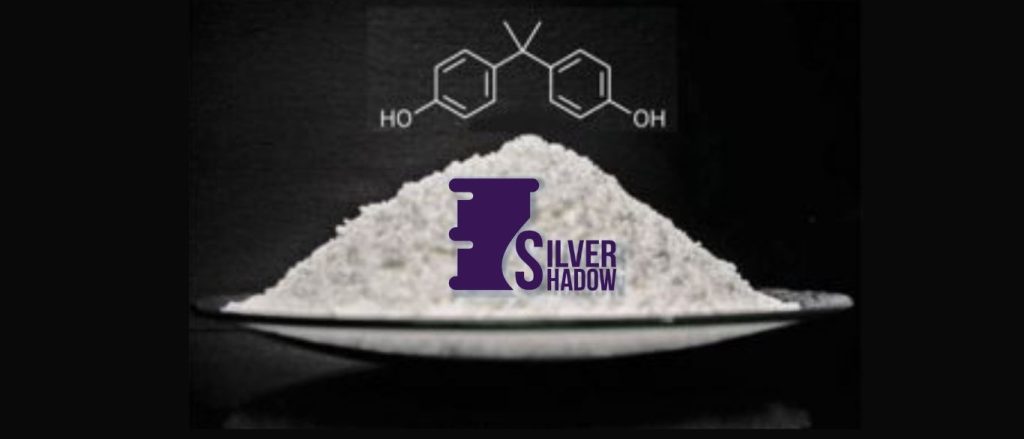At Silver Shadow International, chemistry isn’t just a science—it’s a force for innovation. As a trusted Bisphenol A supplier, we deliver high-purity BPA that fuels the creation of stronger polycarbonates, high-performance epoxy resins, and advanced coatings & adhesives. With unmatched quality, seamless logistics, and industry expertise, we supply bulk Bisphenol A to industries shaping the future.
What is Bisphenol A (BPA)?
Bisphenol A (BPA) is an essential organic compound widely used in industrial applications. Its molecular formula is C₁₅H₁₆O₂, with a molecular weight of 228.29 g/mol. Recognized for its high strength, stability, and heat resistance, BPA serves as a key ingredient in polycarbonate plastics and epoxy resins, making it indispensable for multiple industries.
Synonyms:
- 4,4′-Isopropylidenediphenol
- BPA
- Diphenyl Propanone
Industries & Applications We Supply To:
- Polycarbonate Manufacturing
BPA is a fundamental building block for polycarbonate plastics, used in automotive components, consumer goods, medical devices, and electronic housings due to its durability and clarity. - Epoxy Resin Production
As a critical component of epoxy resins, BPA enhances adhesion, chemical resistance, and mechanical strength, making it ideal for coatings, laminates, and composites. - Adhesives & Sealants
BPA-based epoxy formulations provide strong bonding strength and long-lasting durability, ensuring performance in structural adhesives and industrial-grade sealants. - Coatings & Protective Layers
Used in metal coatings, food-safe linings, and industrial protection, BPA-based coatings offer scratch resistance, corrosion protection, and chemical stability. - Electrical & Electronic Applications
BPA-based materials contribute to high-performance insulation, circuit boards, and electronic casings, ensuring long-term reliability and safety.
Storage & Handling Guidelines:
- Store in sealed, dry containers to maintain purity.
- Keep away from direct sunlight, moisture, and strong acids.
- Use proper protective equipment during handling and processing.
Order High-Purity Bisphenol A (BPA) from Silver Shadow International
Silver Shadow International is your trusted Bisphenol A supplier, delivering bulk & industrial-grade BPA with global reach, competitive pricing, and guaranteed quality. Contact us today to secure your supply and move your business forward!
